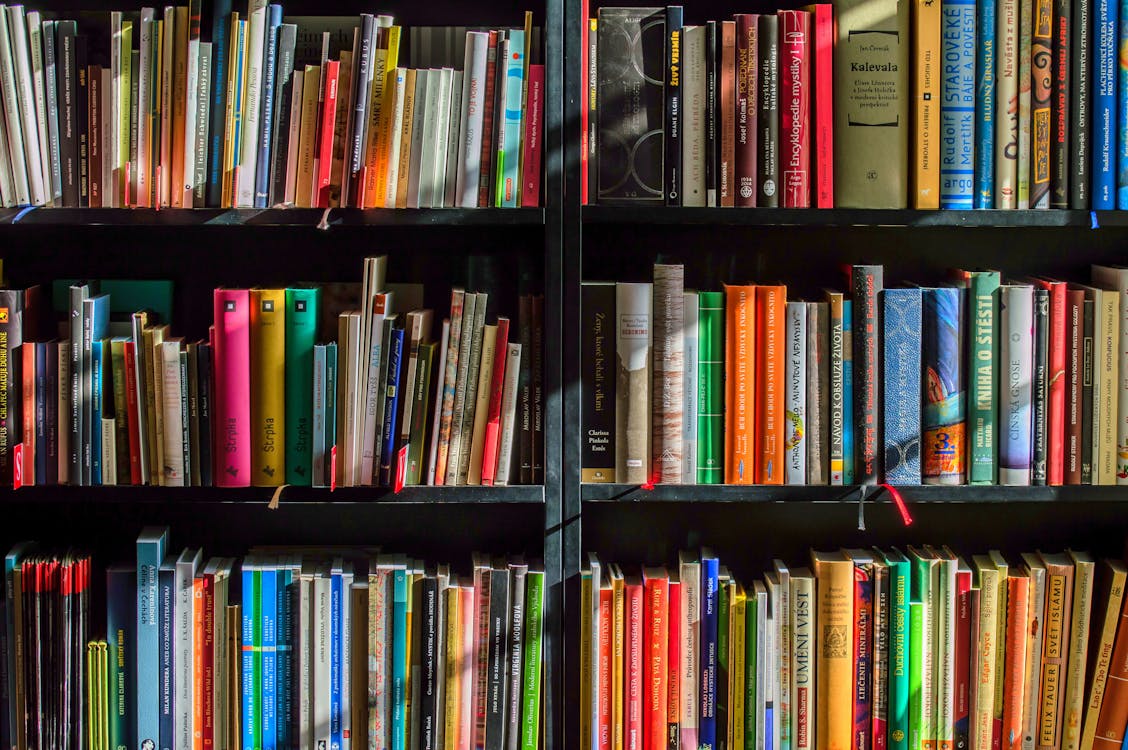Written by Alexander Ames

For students, searching for a book in an academic library might seem daunting or confusing. According to one survey conducted by Illinois State University, “Many students were unable to find books that the library’s catalog indicated were available and on the shelf” (Murphy et al., 2013). Going to the third floor of the Willis library and seeing stacks and stacks of books with only letters and numbers on endcaps as a guide might seem intimidating at first. However, once anyone adopts the strategies in this guide, they will have an easier time finding books according to their call number and more thoroughly understand the sorting system used by many academic libraries.
HOW A CALL NUMBER IS CREATED
The idea behind the Library of Congress Classification system is that all written knowledge can be divided into 21 broad categories, represented by the first letter at the top left. These 21 categories are then split into narrower subcategories using a 2 or 3 letter design structure, with the design becoming increasingly specific the further down the call number you get.

In this example, the B stands for the category of Philosophy, Psychology, and Religion, while the L is a subcategory of B which means that, within the first category, the book has the subject of Religions, Mythology, and Rationalism. Further narrowing down the call number, BL860 specifically refers to the subcategory Germanic and Norse. This is then broken up within that category by the decimal that follows which represents the author. The last section is the year of publication, and, in this case, the book was published in 2017. If you’re interested in seeing what topics fall under other call numbers, you can go to the Library of Congress Classification page, click on “twenty-one basic classes”, and browse through them yourself!
FINDING THE BOOK IN THE LIBRARY
UNT libraries, like most academic libraries, use this classification system to sort their books. If you go to the library catalog and look up a book you would be interested in reading, you will find the call number for the book and in which library the book is housed. While Willis is the place that you’ll find most books, there are some exceptions. The Music library, for example, on the fourth floor of Willis, holds all of UNT’s physical media that falls under the Music category. You will also find books that fall under the Juvenile and Law category at the Sycamore library and video- and board-games at the Media library, while popular bestsellers are housed in the back left of the second floor of the Willis library as shown in the above example.
Once you go to the physical location, like the third floor of the Willis library, where the book is located, you read the call number like a book, left to right, and, if there are multiple rows, top to bottom. The third floor is organized in such a way that the A category starts at the front left corner of the floor and the letters progress front to back and then start again in the next row. To help you navigate, there are letters on the endcap of each shelf that allow you to find your overall subject more easily (in the example, we would be looking for the B endcap). Once you find that general subject, you will want to look for the subtopics within, following the same design. On the endcaps where you find the general topic, you can also find posters showing the extremes of the call numbers housed on the shelf. This is how you figure out what shelf to look through for your specific book!

Did this guide help you better understand call numbers and figure out how to find books in the library? Let us know in the comments! If you need help with your research or have questions about the library, feel free to reach out to Ask Us for assistance.
References:
Library of Congress. (2014). Library of Congress classification. https://www.loc.gov/catdir/cpso/lcc.html
Murphy, J., Long, D., & MacDonald, J. B. (2013). Students’ understanding of the Library of Congress call number system. The Reference Librarian, 54(2), 103-117. https:// 10.1080/02763877.2013.755418



Leave a Reply